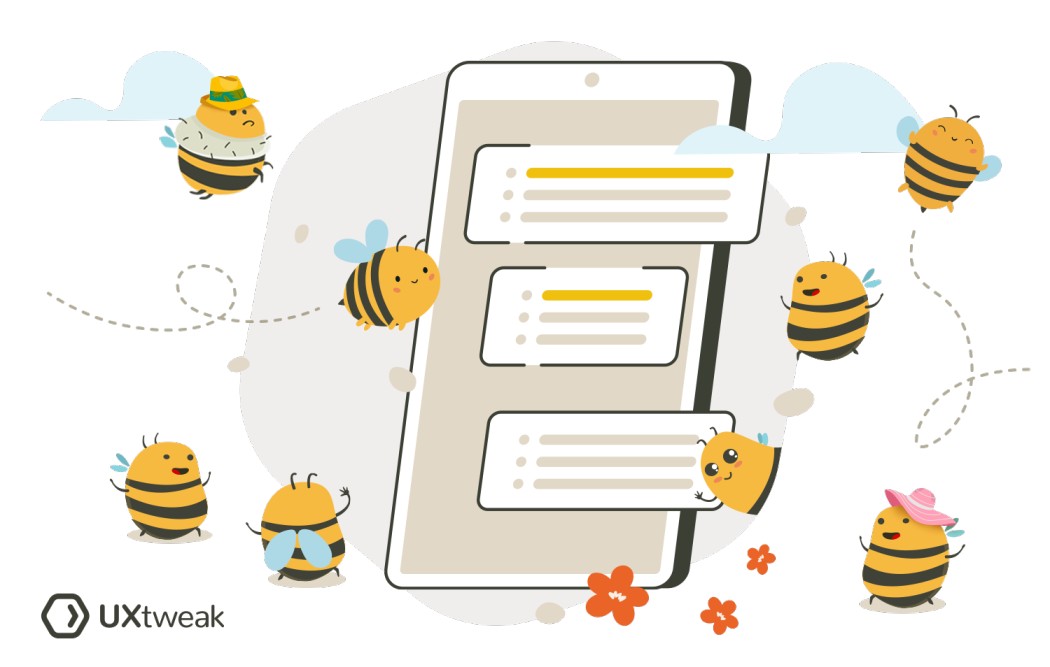In which situations does an edge case arise?
In UX design, edge cases can arise in various situations that involve user interactions and experiences. Some common situations where edge cases may occur in UX include:
- User Personas: When designing for specific user personas, edge cases may arise when considering users with unique characteristics, needs, or preferences that differ significantly from the majority of users.
- User Flows: Edge cases can occur in user flows when users deviate from the expected or typical path, encounter errors, or face uncommon scenarios that require special handling or consideration.
- Content and Data: Edge cases can emerge when dealing with unusual or exceptional content or data inputs, such as extremely long or short text, rare data formats, or complex data structures.
- Accessibility: Edge cases often arise in accessibility considerations, where designing for users with disabilities or impairments requires accommodating unique needs and ensuring UX design principles.
- Technical Constraints: Edge cases may occur when working with specific technologies, platforms, or devices that have limitations or compatibility issues that need to be considered in the UX design process.
How to handle an edge case?
- Identify Edge Cases: During the design process, anticipate potential edge cases by thinking about user behaviors, exceptional situations, or uncommon scenarios that may occur.
- User Research: Conduct user research and gather insights to understand the needs, goals, and behaviors of your target audience. This helps in identifying potential edge cases and understanding how they may impact the user experience.
- Prioritize Edge Cases: Evaluate the significance and impact of each edge case to determine which ones require immediate attention. Prioritize based on factors like user impact, frequency, and feasibility of addressing the edge case.
- Design for Flexibility: Create a design that allows for flexibility and adaptability to handle different edge cases. Consider using scalable components, error handling mechanisms, or adaptable user flows to accommodate variations in user behavior.
- Test and Iterate: Conduct usability testing, including specific scenarios that represent edge cases, to observe how users interact with your design and identify any issues or challenges that arise. Iterate and refine the design based on user feedback.
- Clear Instructions: For edge cases that may confuse or challenge users, provide clear instructions, error messages, or contextual feedback to guide them through the process. Ensure that users understand what is happening and how to proceed.
FAQ
Designing for edge cases in UX is crucial because these exceptional scenarios, although less common, can have a significant impact on the user experience. By addressing edge cases, you ensure that your design accommodates a wider range of user needs and situations, leading to increased usability, accessibility, and user satisfaction.
While both terms generally refer to exceptional or uncommon scenarios, a corner case specifically represents the convergence of multiple factors, adding an additional layer of complexity to the situation. The distinction between the two terms may vary depending on the context and the specific industry.





